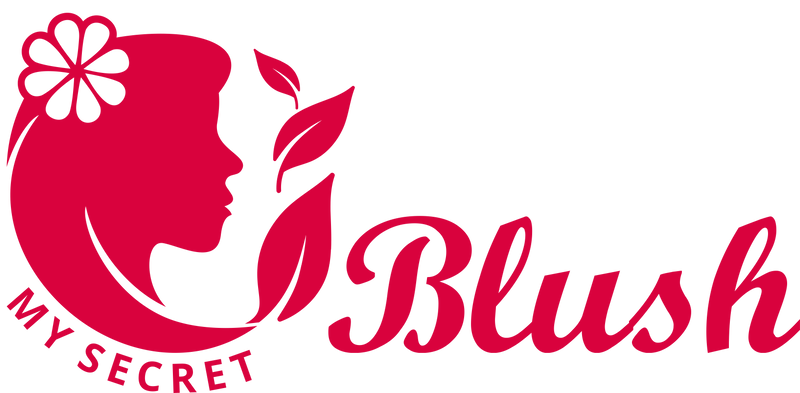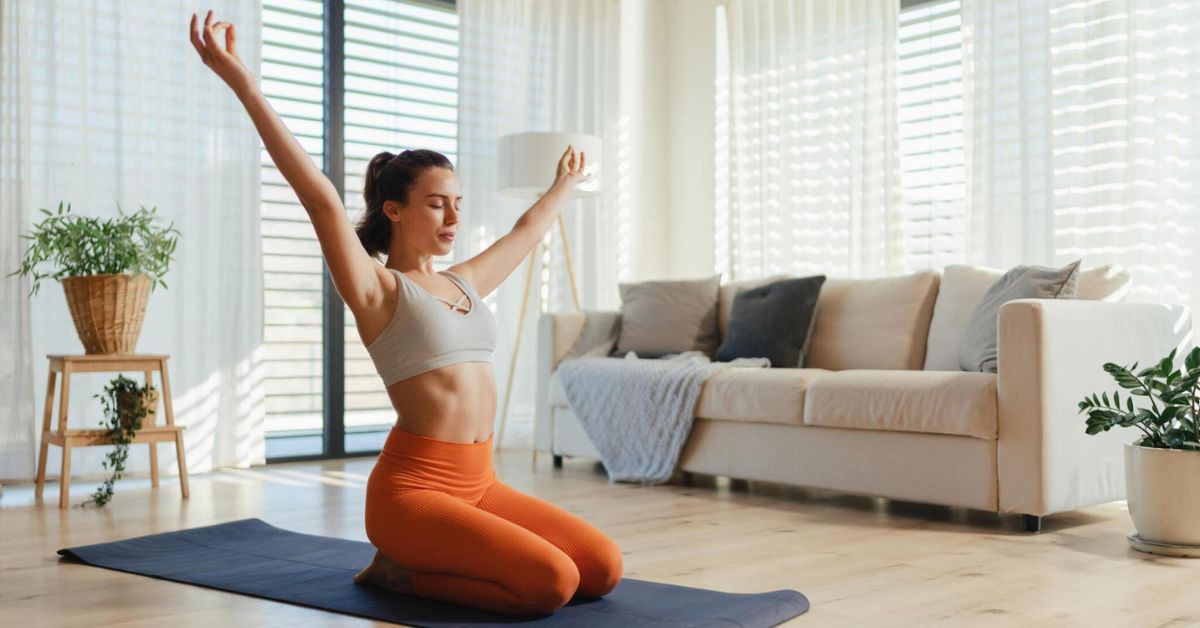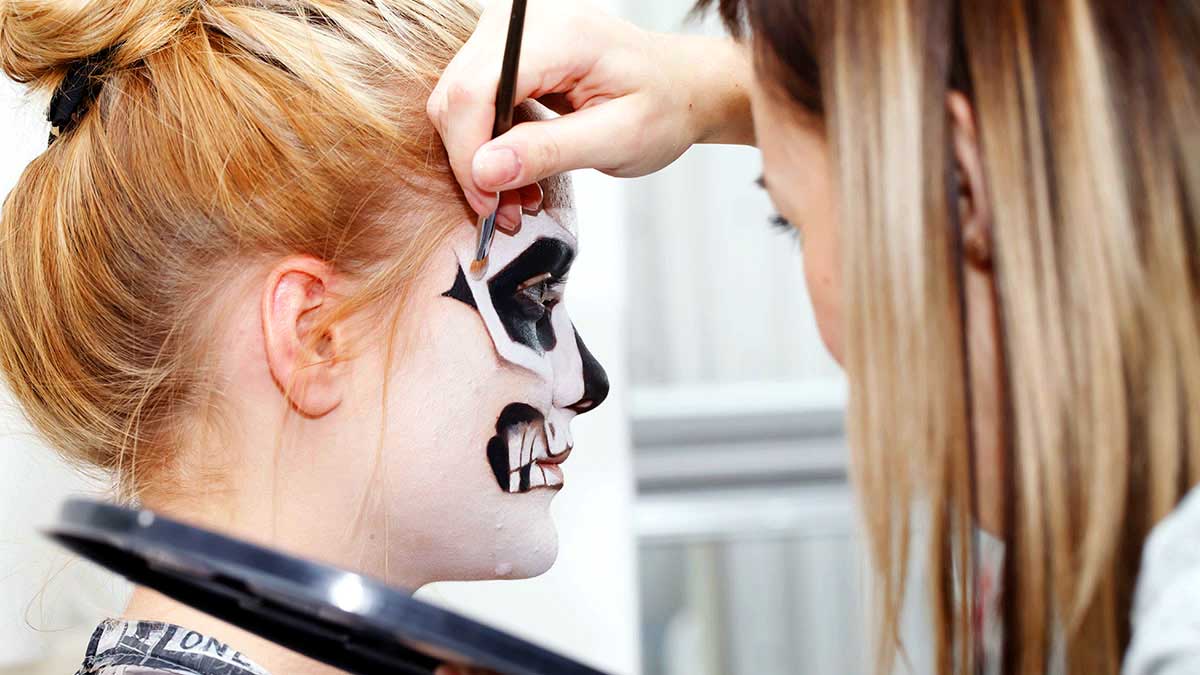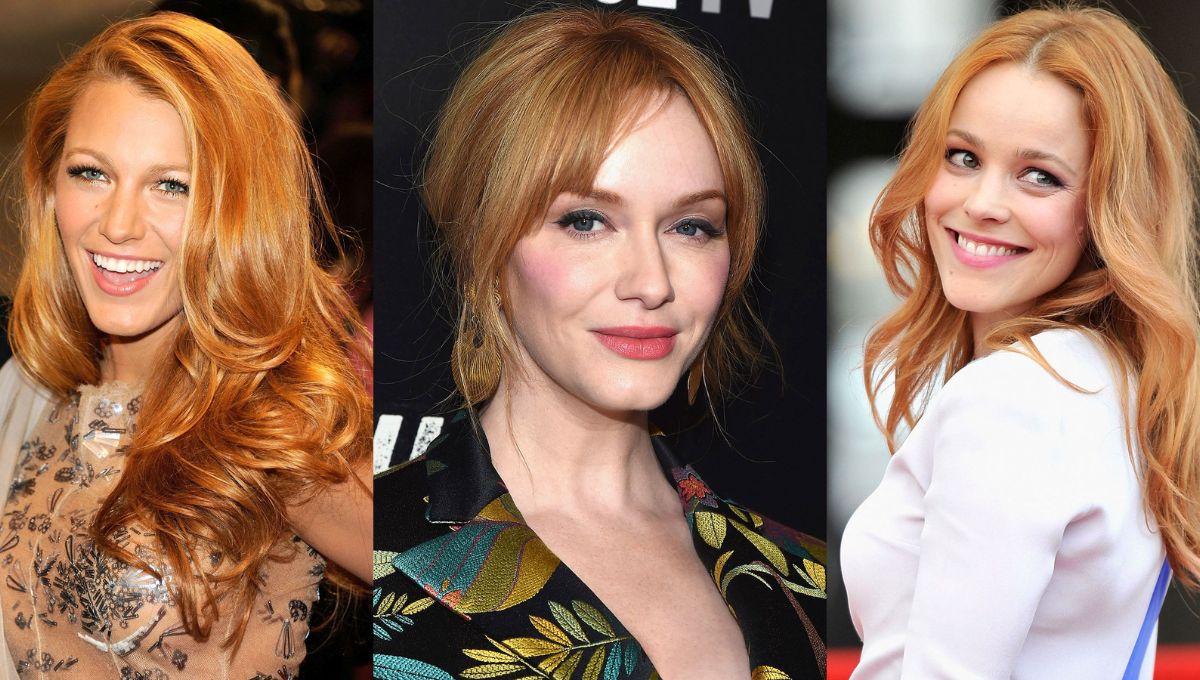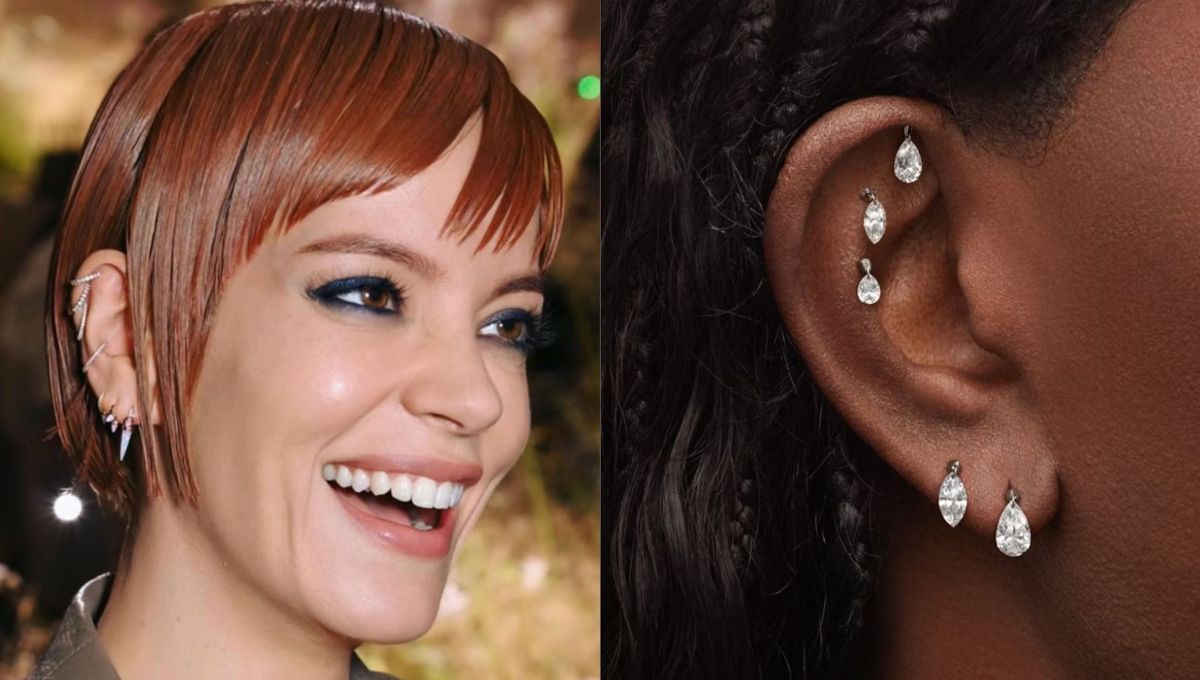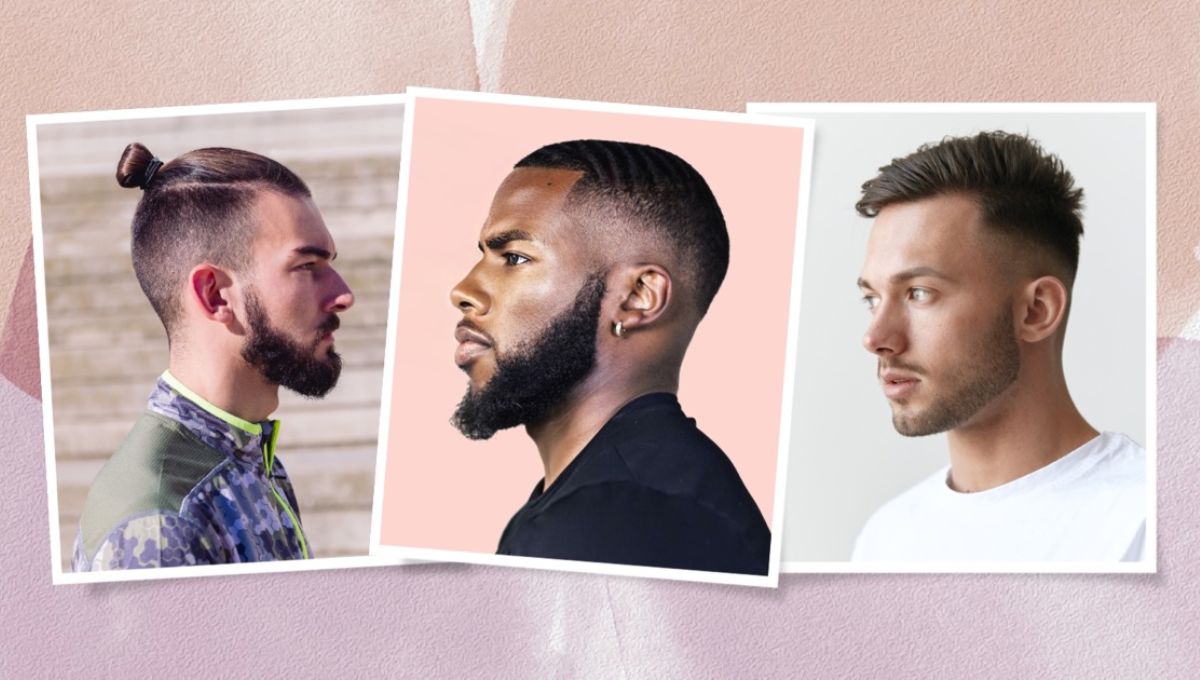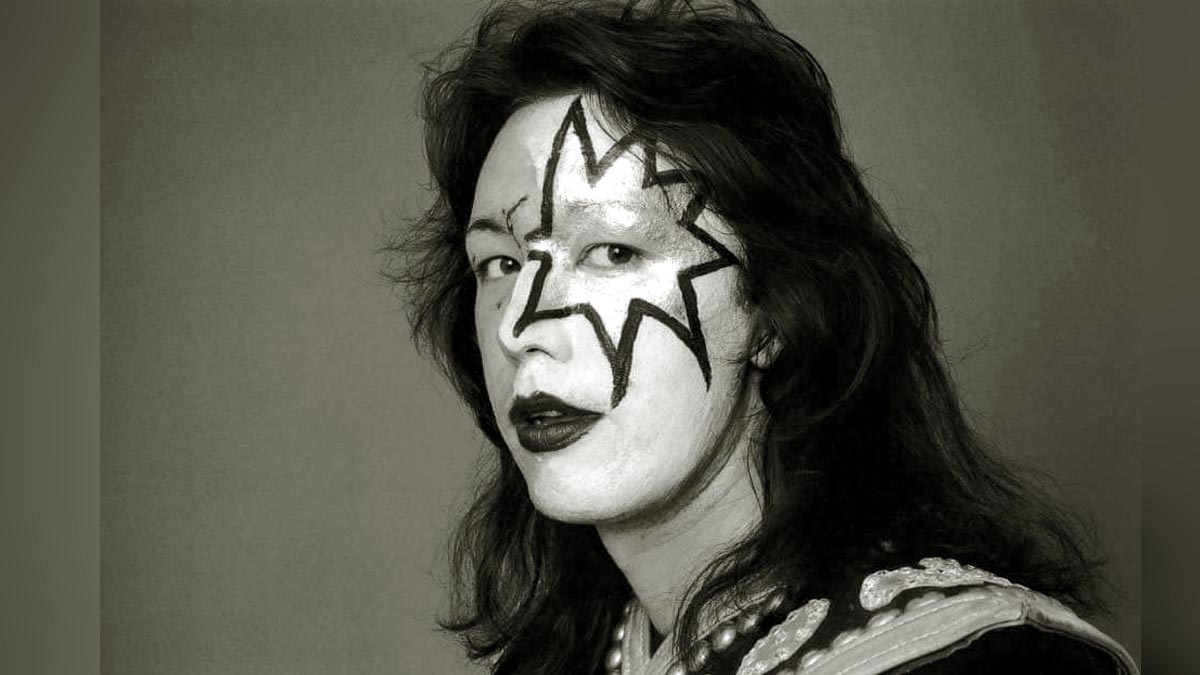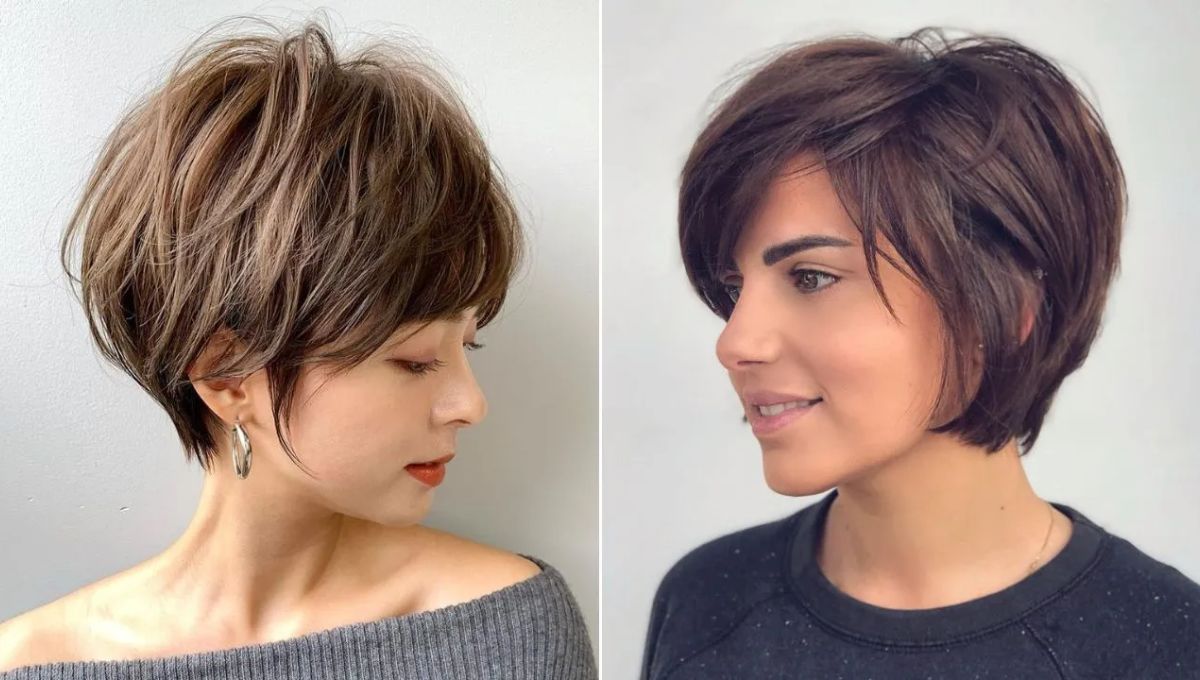As a newbie in yoga, you might find it challenging to try out several yoga postures and remember their names. Fret not, yoga for beginners includes various yoga poses like child pose, easy seat, and tree pose for increased strength and flexibility. Since yoga is an exercise for all age groups, you need to try out different postures to know the one that can relax your body and soul.
To ease your pain, the Yoga for Beginners guide is focused on less complicated yoga postures. No matter if you like to get out of bed in the morning or the evening with stretched arms, then you already did a yoga pose.
Yoga Practice – A lifelong pursuit
You cannot straight away jump to the last stair, right? Yes, for this, you have to go one by one on the stairs to get to the last one. Just like that, you start with simple yoga poses and move to the difficult ones so that your body gradually becomes habitual to it. With basic yoga poses, the stretches and postures are similar to the natural bends. Mindfully, with conscious effort learn yoga for beginner poses.
For a start, it is always a good idea to keep things simple so you have the motivation to carry it further to the difficult part. For somatic exercises, these basic yoga basis can improve the emotional well-being. In this guide, the yoga for beginners poses are outlined to build your practice so you can move to the challenging poses.
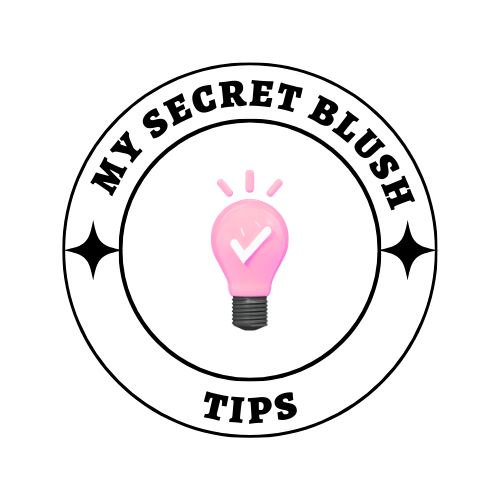
It is important to remember that yoga is a physical activity that nurtures your body and soul, so learn the poses that soothe you. The poses that are listed below are just options for you to try in your leisure time to perfect your body posture.
Yoga For Beginners – Poses to Relive Stress
Various research has shown that yogic practices reduce anxiety and stress, so in the longer run they improve the quality of life. To start your journey to becoming a seasoned practitioner, you have to start building strength, flexibility, and confidence through yoga poses for beginners.
Are you ready to give yoga a try? Here are the basic yoga for beginners poses that are recommended by the yoga instructors.
1. Easy Pose (Sukhasana) – A Good Start to the Day
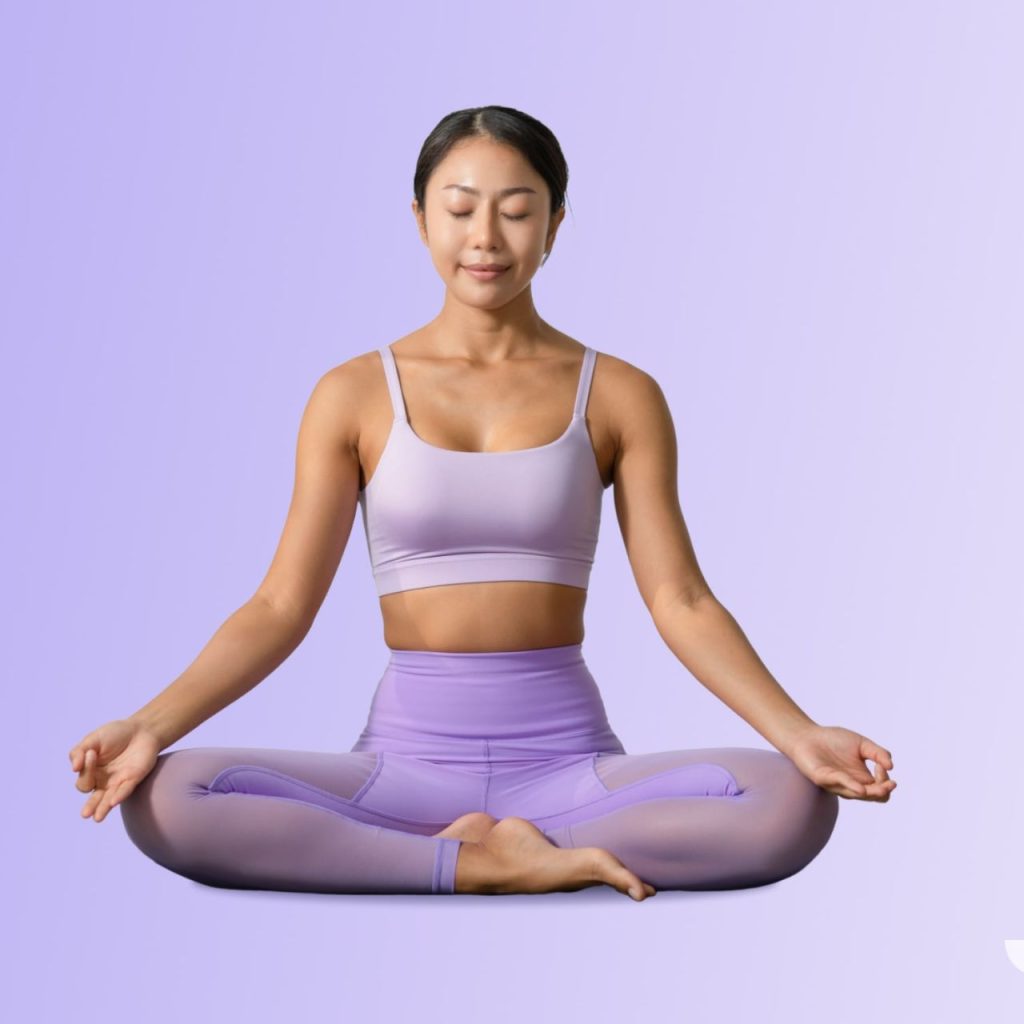
Pose type: Seated
Targeted area : Hips
For all those who are eager to strengthen their back and abdominal muscles, Sukhasana is the best exercise to stretch the hips and groin. This gentle yoga posture can be calming and relaxing if you are able to do it right. Being the number one choice for yoga for beginners, it creates a foundation for meditation practices.
When this posture of yoga is done on an elevated surface, it activates the relaxation response parasympathetic nervous system and deactivates the sympathetic nervous system. For all the individuals who are looking to regulate their blood pressure, easy yoga pose is the preferable choice.
Step-by-step instructions for Easy Pose
- Sit on the floor or yoga mat with your legs in front of you.
- Cross your legs in a way that slips each foot under the opposite knees.
- Keep your hands on the knees and palms up.
Benefits of Sukhasana
It breaks the cycle of lower back pain and reduces depression. As sitting cross-legged causes a reduction in functional disability and improves depression and stress.
The cross-legged meditative pose improves the cardio-metabolic rate that helps against the lifestyle heart diseases.
Doing Sukhasana on a regular basis improves the lipid profile. It lowers the triglyceride levels and potentially improves the LDL and HDL.
The easy pose improves the body mass index and waist circumference and eventually leads to weight loss if the yogins remain consistent with the activity.
For pregnant women, yoga for beginners pose broadens the shoulders, improves digestion and reduces fatigue to recharge their energy.
2. Child’s Pose (Balasana) – To help you unwind
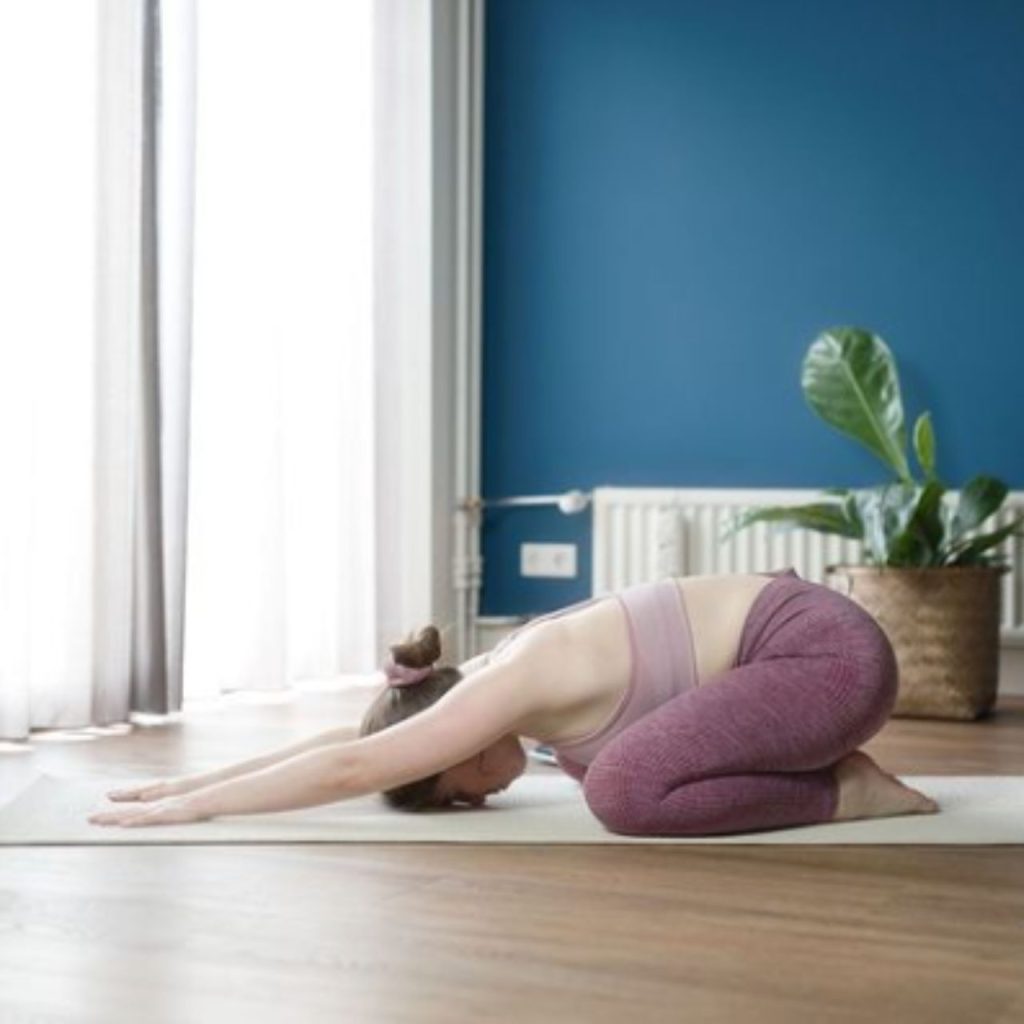
Pose type: Forward fold
Targeted area: Full body
In yoga, child pose is also regarded as a restorative pose. It is the forward bend poses that come with plenty of perks, especially for the stretches of the tight areas of the body including shoulders, ankle, and back as well. The yoga for beginner poses can be equally calming and relaxing and deactivates the stress response.
Child Pose is regarded as one of the most healing yoga for beginners, as it awakens the connection between breath and body and sends calming signals to the muscles. If you want to unwind and want a solution from the monotonous day of activities, try doing this child pose.
Step by step instruction for Child’s Pose
- Kneel either on the yoga mat or floor and sit back on your heels
- Sit back in a position where your stomach touches the thighs. Try to keep the buttocks against the heels and toes pointed and together.
- Extend the hands in your hands in front of you with palms down and rest them easy either on the floor or mat.
- Lower your shoulder and let your head rest against the yoga mat.
- Take a deep breath with your eyes closed and relax. Stay in this pose as long as feel the need to get relaxed.
- Tada! Now it’s time to slowly return to the seated position.
Benefits of Balasana
As the spine extenders stretch during the child pose, they can help you remove stiffness and back pain with ease.
With the best yoga for beginners, Balasana lengthens your neck and shoulder muscles, which helps in releasing tension in the shoulders.
During the child pose, the four large muscles that are found on the front of the thighs get stretched, which increases the flexibility and improves the overall mobility. This stretch can further improve posture and issues such as sciatica pain relief and lower back pain relief.
Balasana, yoga for beginners is a great way to stretch the ankles and shins to relax the muscles. When practicing this pose, it is crucial to keep the feet flat on the floor and toes wide open for optimal stretching.
3. Mountain Pose (Tadasana)- To find better body balance
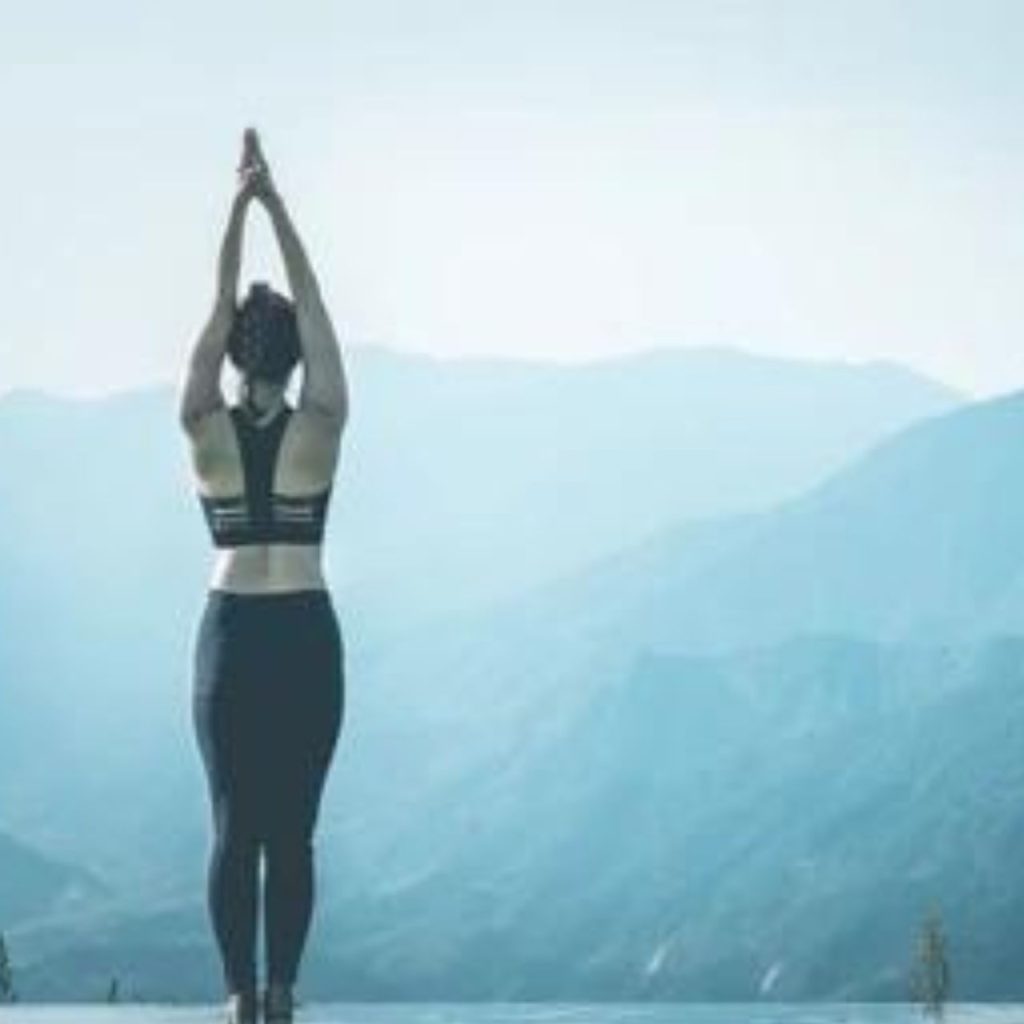
Pose type: Standing
Targeted area: Full-body
Are you ready to lay the foundation of yoga? If yes, then the mountain pose is the first pose you have to give a try as a beginner. The pose may look simple, but it is actually challenging to strengthen the legs, core, and back muscles. This pose is performed as a part of the major yoga sequences that include standing poses, and standing forward bend that are eventually done after the mountain pose. With a range of physical and mental benefits, Tadasana is the must-try pose in the yoga practice.
As yoga for beginners, it forms the basics of all the standing poses. It activates the feet and legs and connects them with the underneath to improve the body posture. For all those who are struggling to keep their body upright, this basic yoga pose is necessary to inculcate in your daily routine.
Step by step instructions for Mountain Pose
- Lift your toes and fan them out to create a wide solid base.
- Stand with the feet parallel and calves the root down on the floor.
- Keep the bases of your big toes touching and the heels slightly apart.
- It is time to engage the quadriceps and draw them inward so that your kneecaps will rise.
- Without pushing the lower front ribs, try to lift the sternum straight toward the ceiling.
- Then rotate both of the thighs inward so that it widens the sit bones.
- Tone the belly and slightly draw it inward.
- Let your arms relax, and the palms face forward.
- Balance your head so that the crown of the head rises toward the ceiling.
- Once the alignment of the mountain pose is correct, take 5–10 breaths while you keep yourself in this posture.
Benefits of Tadasana
- As yoga for beginners pose, it has therapeutic effects and helps to overcome Parkinson’s disease by improving the balance and posture of the body.
- Being a gentle pose, it increases the flexibility of the body for challenging yoga poses.
- Tadasana alleviates anxiety and stress; therefore, it is important in coping up with the chronic obstructive pulmonary diseases.
- It improves agility and the basic yoga pose helps to relieve sciatic pain.
- Tadasana encourages balance, stillness, and strength that promotes the self-confidence and mental clarity.
4. Downward Facing Dog (Adho Mukha Shvanasana) – For better flowing sequence
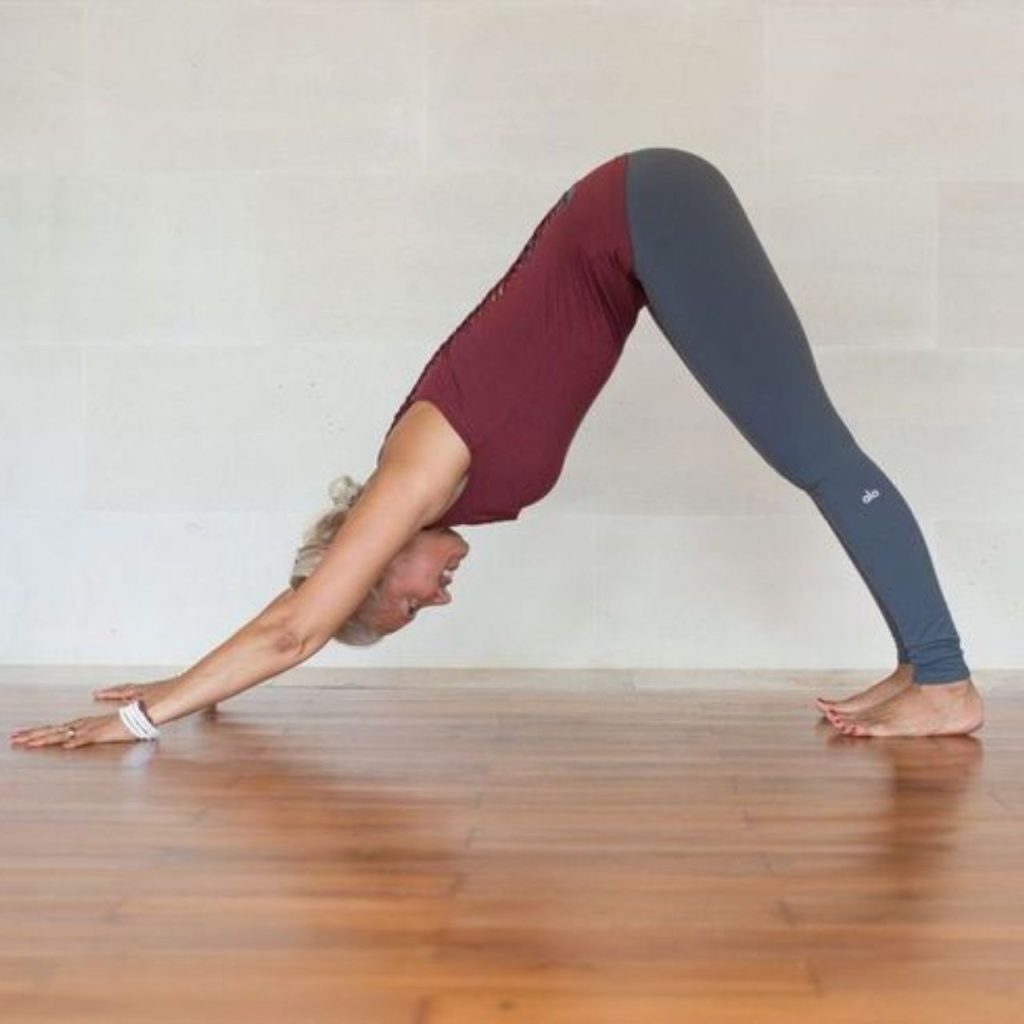
Pose type: Standing
Targeted area: Hamstring and calf stretch
Do you want glowing skin just by doing yoga? If yes, one of the simplest techniques to get glowing skin is to practice downward-facing yoga. No matter what is your age group, this basic yoga pose is recommended for physical fitness. This yoga for beginners pose comes with various health benefits for the users to add in to their daily routine and spare 30- minute time to enrich the experience.
If you have seen vinyasa-style classes, it is more likely that you have seen people doing this pose. Find a comfortable spot to catch your breath. Though the posture may feel simple, but important alignment points are crucial to implement this pose. Unroll the mat and get ready to perform the dynamic movements of this yoga for beginners.
Step-by-step instructions for Downward Facing Dog
- To start with the downward-facing pose, you start by placing your palms and knees in a tabletop position
- Press your toes into the floor or yoga mat by lifting the pelvis and by straightening the knees
- Then straighten your arms and look at the navel and keep the head in between your arms
- Breathe and bend the knees to release and again come back to your knees
Benefits of Adho Mukha Shvanasana
- It strengthens the whole body muscles but especially the external oblique abdominal muscles.
- It helps relieve chronic back pain and stretches the ankles, spine, and hamstring.
- The yoga for beginners pose, downward dog is a great pose to rest the spine for backbends and forward bends.
- The posture of this yoga pose stimulates blood circulation and the blood rushes to your face when you practice it.
- Adho Mukha Shvanasana improves your immunity and keeps you fit from the inside out.
- With detailed practice, this pose will help you reconnect with your breath during the Ashtanga and Vinyasa yoga practice sessions.
5. Corpse Pose (Savasana) – To release tension
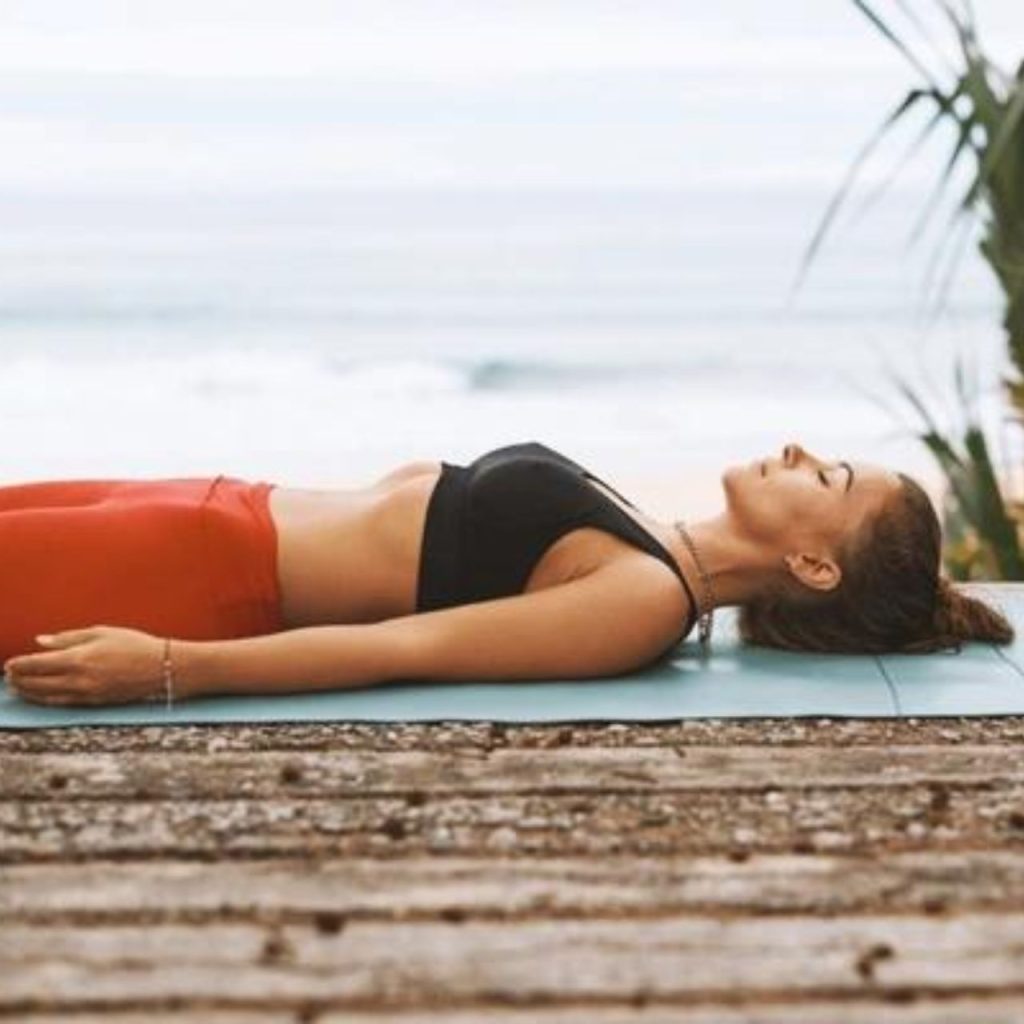
Pose type: Lying
Targeted area: Full Body
The art of relaxation is harder than it seems as bending in the relaxed phase also requires effort. When you first practice the Corpse Pose, it might be a struggle for you, but later you might fall asleep in the movement you lie. As this pose involves lying on the back with stillness, it might turn extra soothing for some individuals while extra challenging for others.
Those who practice Savasana are more likely to view their life with more clarity and awareness. The mind-clearing aspects of this exercise let you better deal with your emotions. As you go deeper, you begin to release the tangled knots of ideas and emotions so that you become more aware of your life.
Step-by-step instructions for Corpse Pose
- Start by lying on the floor with your arms straight by your side. Your palms should be facing up, and your eyes should be closed.
- Position your feet about hip-width apart and lengthen your spine from the spine to the tailbone.
- Try to stretch your legs and let your head and body sink into the earth.
- Try to soften the facial muscles and release your jaw and tongue.
- Allow your gaze to soften, and then inhale and exhale to relax.
- Stay in the resting pose to completely relax and chill.
Benefits of Savasana
- This yoga for beginner’s pose activates the parasympathetic nervous system and the dynamic movements lower the blood pressure.
- By performing Corpse pose you are in a state of rejuvenation; therefore it also decreases the heart rate.
- The posture of this yoga brings the individuals into a meditative state which helps to repair cells and tissues and reduce stress.
- This yoga posture is a great way to ground the body and reduce the imbalance of the air elements in the body.
- If Savasana is done on a regular basis, it will result in relief against the headache, fatigue, and insomnia.
6. Low Lunge (Anjaneyasana) – To lengthen spine
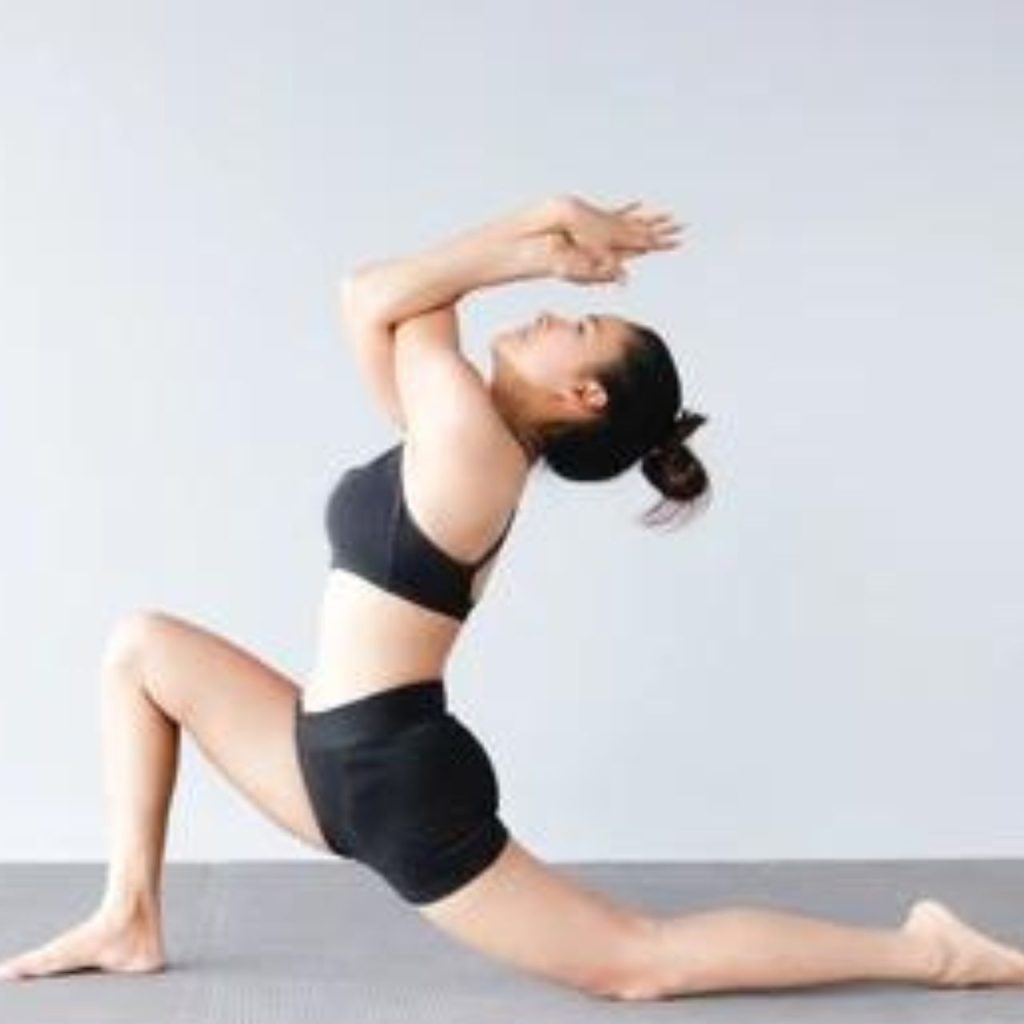
Pose type: Lying
Targeted area: Hips, Core
Do you want to relieve lower body tightness? If yes, this great pose yoga to stretch tight quadriceps. This yoga for beginners poses is suited for yogis of all ages. It is a great pose to stretch and encourages full range of motion for the lower body. If you have hectic work hours and sit in your chair for long hours, then lunge pose helps to reverse the effect. So without wasting further time on searching yoga posture, let’s Lunge!
This yoga for beginner poses helps to elongate the spine and may loosen the lower body. It is also regarded as the best way to prepare the body for challenging exercises. Cool down and stretch your body for running and biking on the track.
Step-by-step instructions for Low Lunge
- For the low lunge movements, try to lift the body halfway and extend the spine, and send the chest forward.
- Place the hands on the floor with the fingertips in line with the feet.
- Let the hips sink slightly forward for a better posture.
- Press the right foot so that you shift the weight to the right hip.
- Try to tuck your back toes a try to lift the arms overhead with palms facing each other.
- Position the torse directly over the hips.
- Squeeze the inner thighs towards each other.
- Press the right foot and draw the ribs in and prevent the chest from splaying open.
- Hold this posture and inhale as you lift the ribs, and exhale as you deepen the stretch on the hips.
- Repeat this procedure on the other side.
- To properly distribute the weight, lift the back knee and a few inches off the floor. Lower the knee to maintain the same level of engagement in the front hip.
Benefits of Anjaneyasana
- This pose improves concentration, mental wellness, and overall works to promote the body mind connection.
- With a sedentary lifestyle, spinal conditions like sciatica are common, so bending in this pose makes the spine stronger.
- The tightness around the hips is also a result of bubbling up emotions, so this yoga for beginners pose helps in focusing on the breathing.
- This pose re-energizes the body as it increases blood flow and awakens the emotionally and physically.
- The great stretches of low lunge are good for your neck muscles and the thyroid region. With fast functioning of the glands, it boosts the metabolic functioning of the overall body.
- With the lunge pose, you are more likely to improve digestion and great toning of the abdominal muscles. It also improves fertility and improves the reproductive system.
How to Choose Yoga Routine as a Beginner?
Before attending a class, consider reaching out to the studio via phone or email to ensure it aligns with your skill level. The instructor can advise on modifications for beginners or suggest alternative classes. The friendly advice is that as a beginner you can learn the basic yoga poses through YouTube videos as well. There are multiple instructors available that train you in a 10-30 minute video about different yoga postures that you can practice as a beginner.
As yoga for beginners you should look for classes labeled “hatha yoga,” “yin yoga,” “gentle yoga,” “Iyengar yoga,” “restorative yoga,” or “relaxation yoga.” Hatha yoga is a broad term for movement-based classes, ideal for novices. Yin and restorative classes involve holding poses for extended periods, often using props like yoga mats and other stuff for added comfort.
Yoga offers diverse choices, but if yoga isn’t your preference, numerous alternatives exist. Some classes emphasize strength alongside flexibility. Vinyasa flow classes, featuring dynamic sequences like sun salutations, provide a more energetic experience. Power yoga, kundalini yoga, Ashtanga yoga, Bikram yoga, and hot yoga offer increased physical challenges. Bikram and hot yoga, conducted in heated rooms, aim to enhance muscle stretch and relaxation. Embrace the variety and find the style that resonates with your goals and preferences.
How to practice yoga as a beginner?
To practice your yoga, you should have the following essentials:
- Yoga Mat
- Blanket
- Two yoga blocks
- Pillows
- Yoga strap
Other than that, the space should be free and quiet so that you can relax with ease. As you embark on your yoga journey, remember the advice from experts. Yoga for beginners the teaching is that perfection is not a prerequisite, and beginners need not commit to lengthy sessions. Yoga is inclusive and accessible to everyone. Start from where you are, connect with a good teacher, and commit. Even if it’s just a brief session for savasana or breathing, consistency is the key.
Frequently Asked Questions
How do I start learning yoga myself as a beginner?
To start doing the yoga at gym or at home, all you need is a yoga mat and will power to proceed with the basic yoga poses daily. If you are looking for yoga for beginners try out the basic poses like easy pose, child’s pose, mountain pose, and more. If you want to learn advanced yoga, you may choose to string together, your poses can help you a lot.
Which form of yoga is good for beginners?
Hatha Yoga is good for beginners as you hold each posture for a few breaths. In Vinyasa Yoga you can change position easily, that’s why you get out of breath quickly.
How much yoga should a beginner do in a day?
There is no compulsion on how much yoga you can do. It all depends upon your preference and how your body allows it. Those who are new to yoga start with two to three sessions a week, but slowly start practicing it every day.
